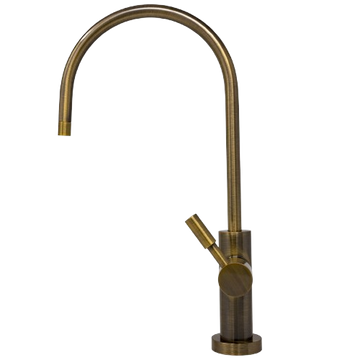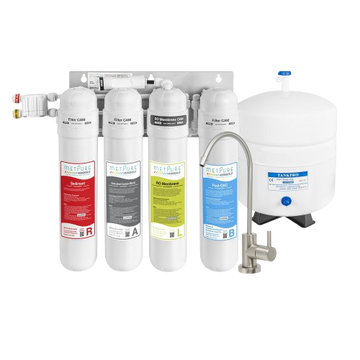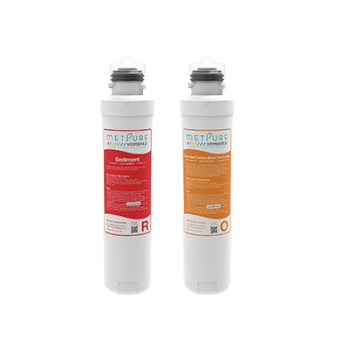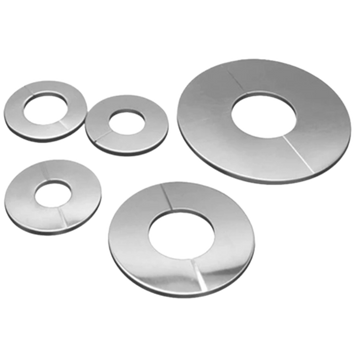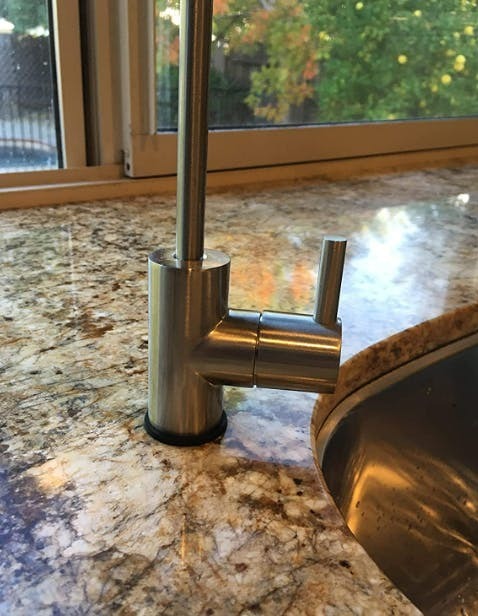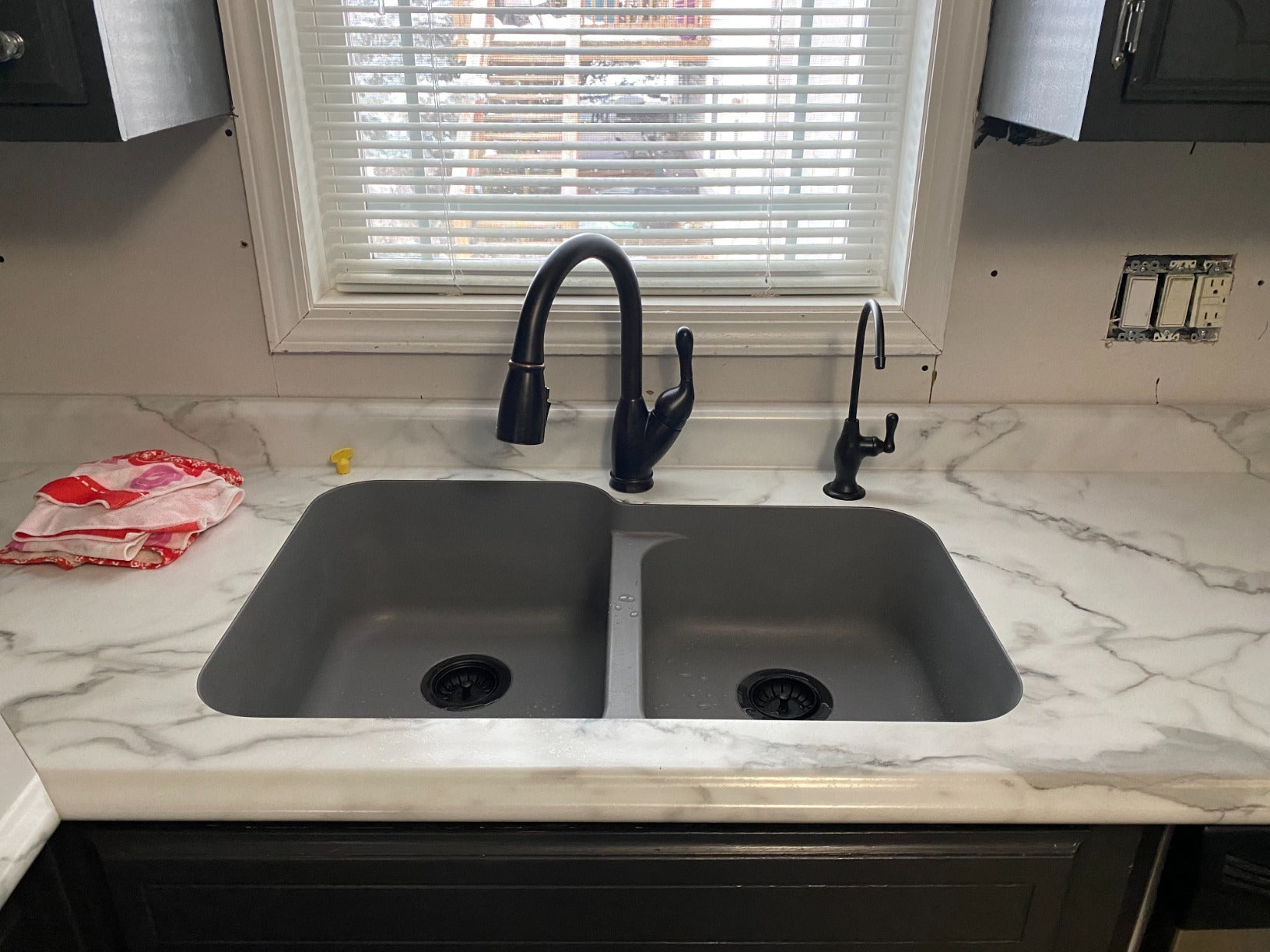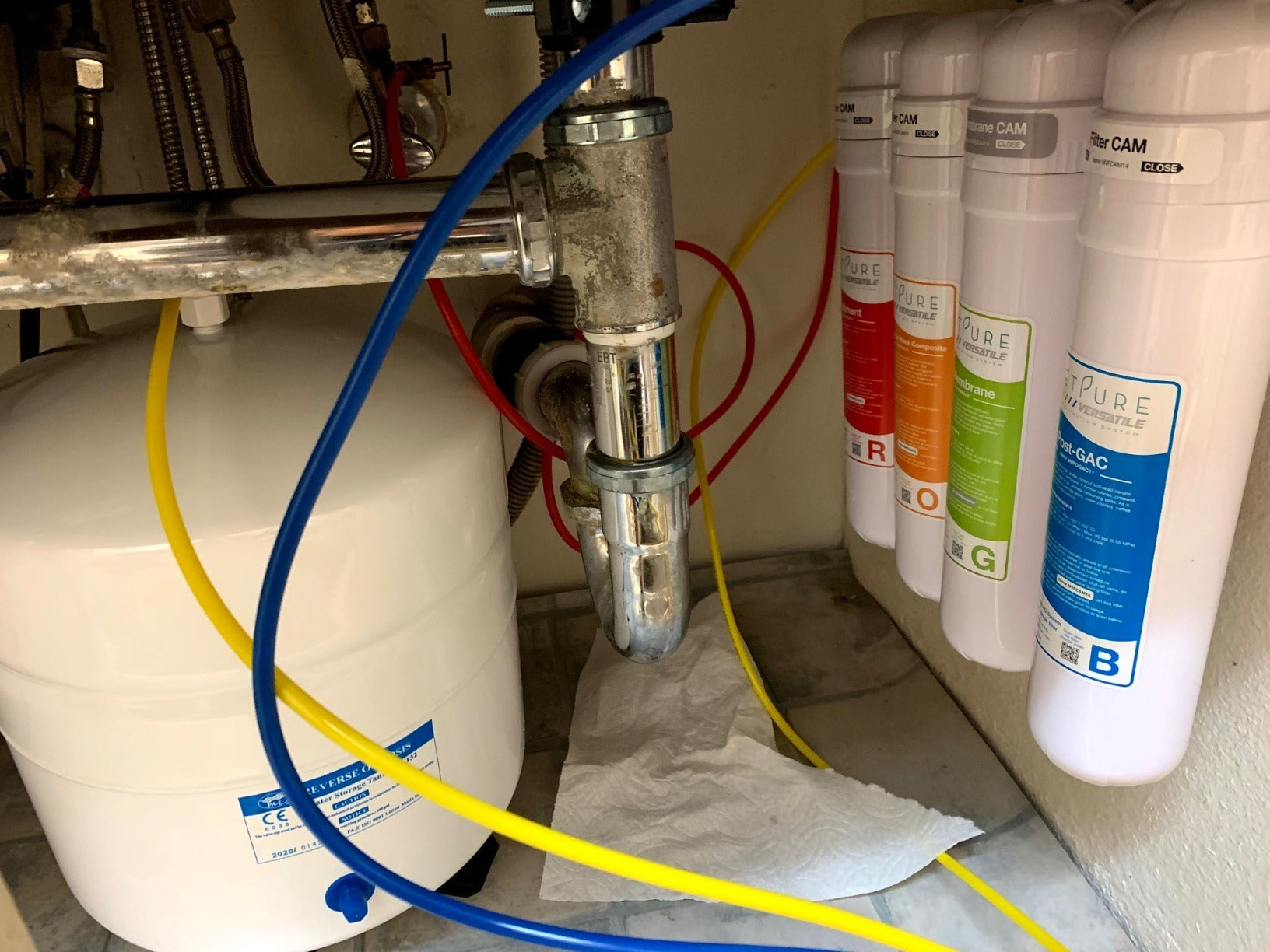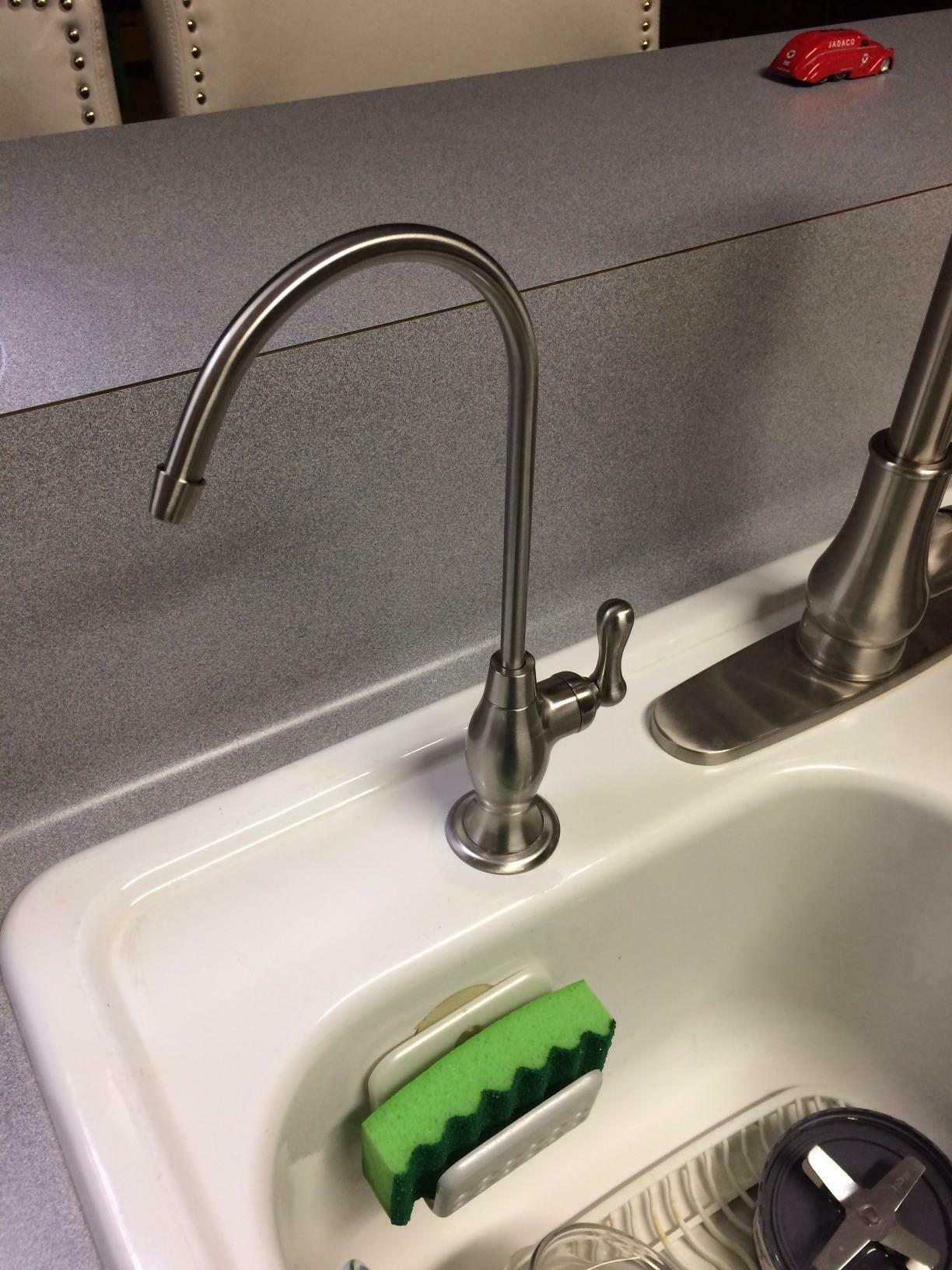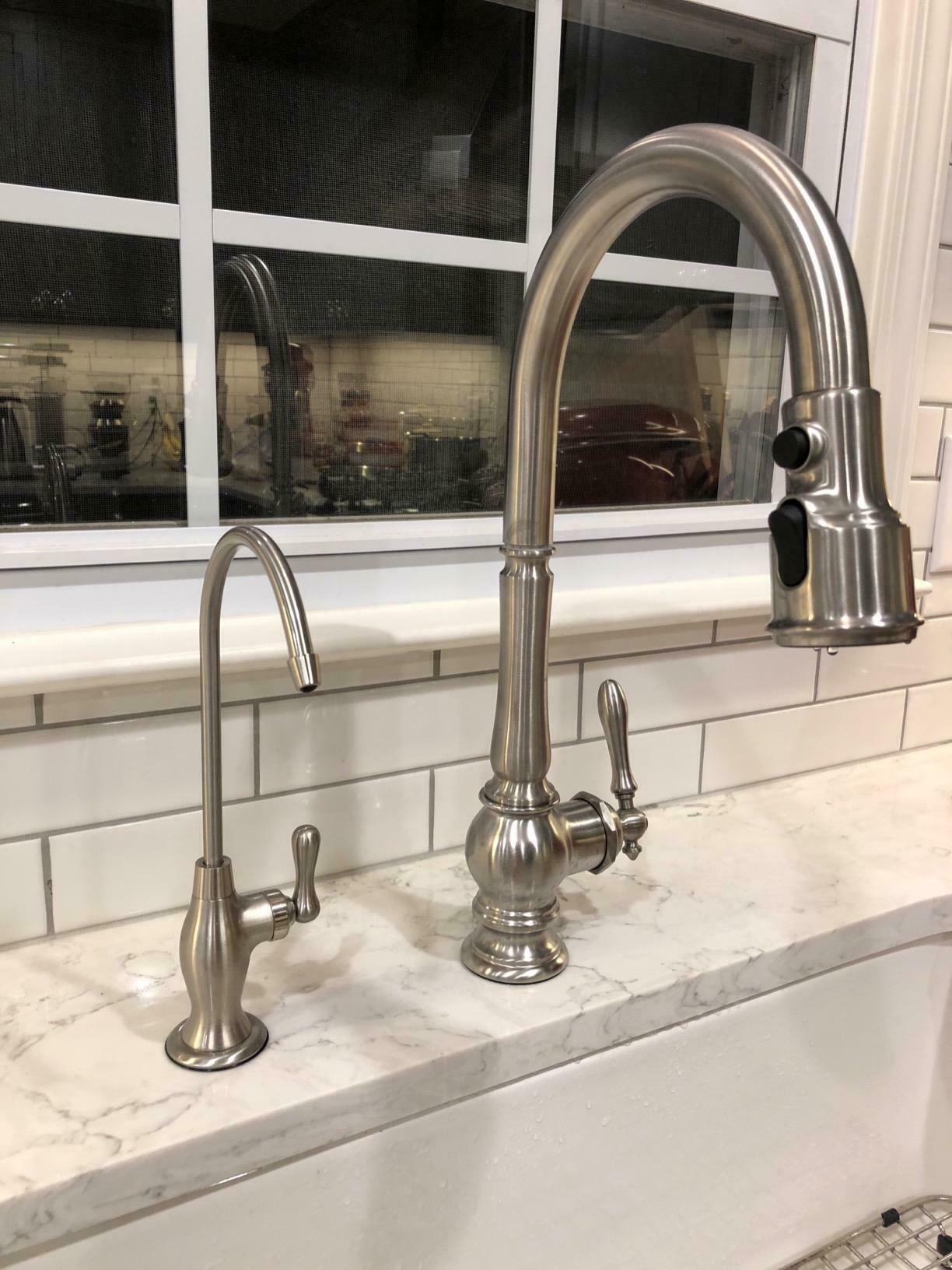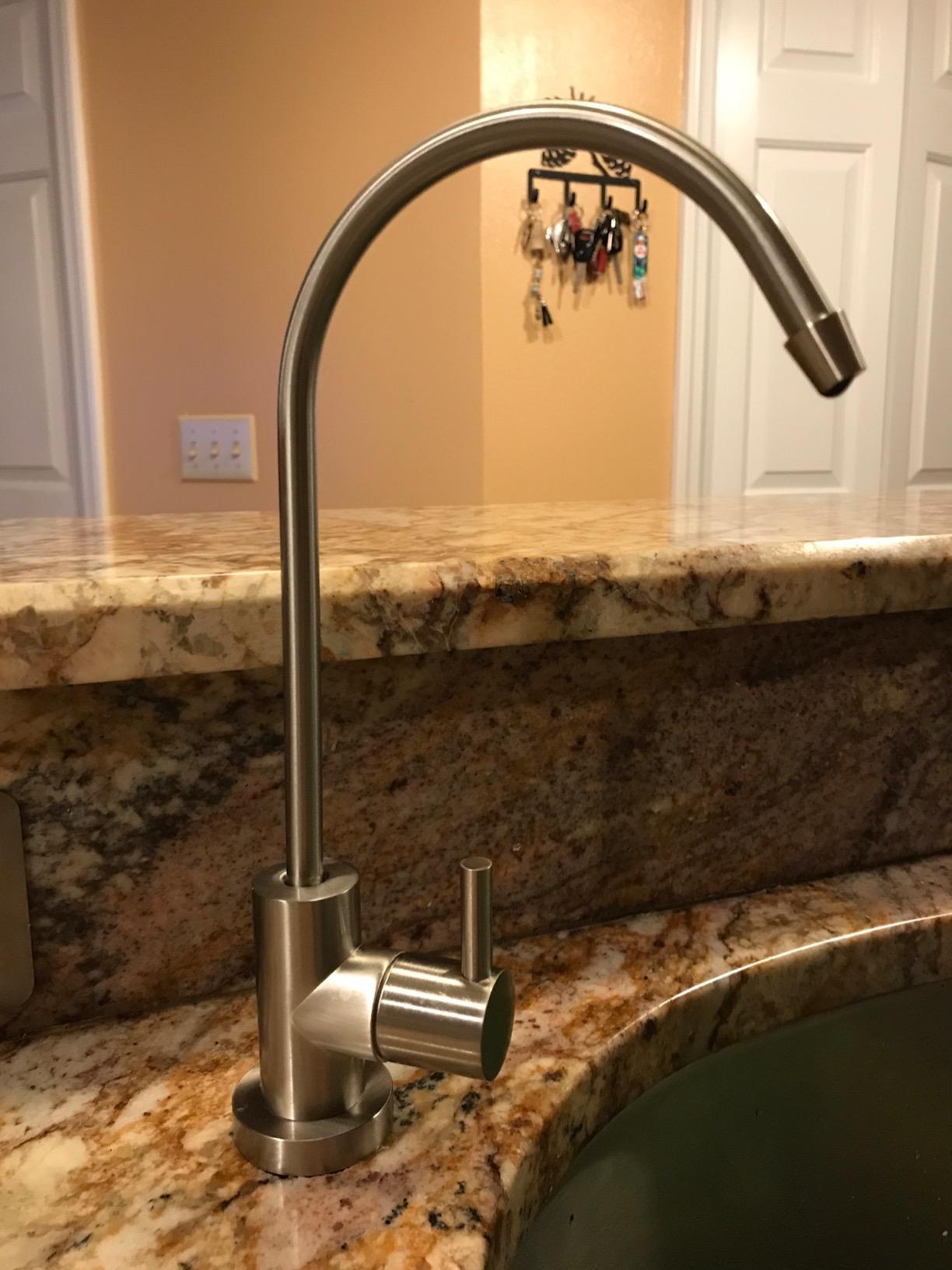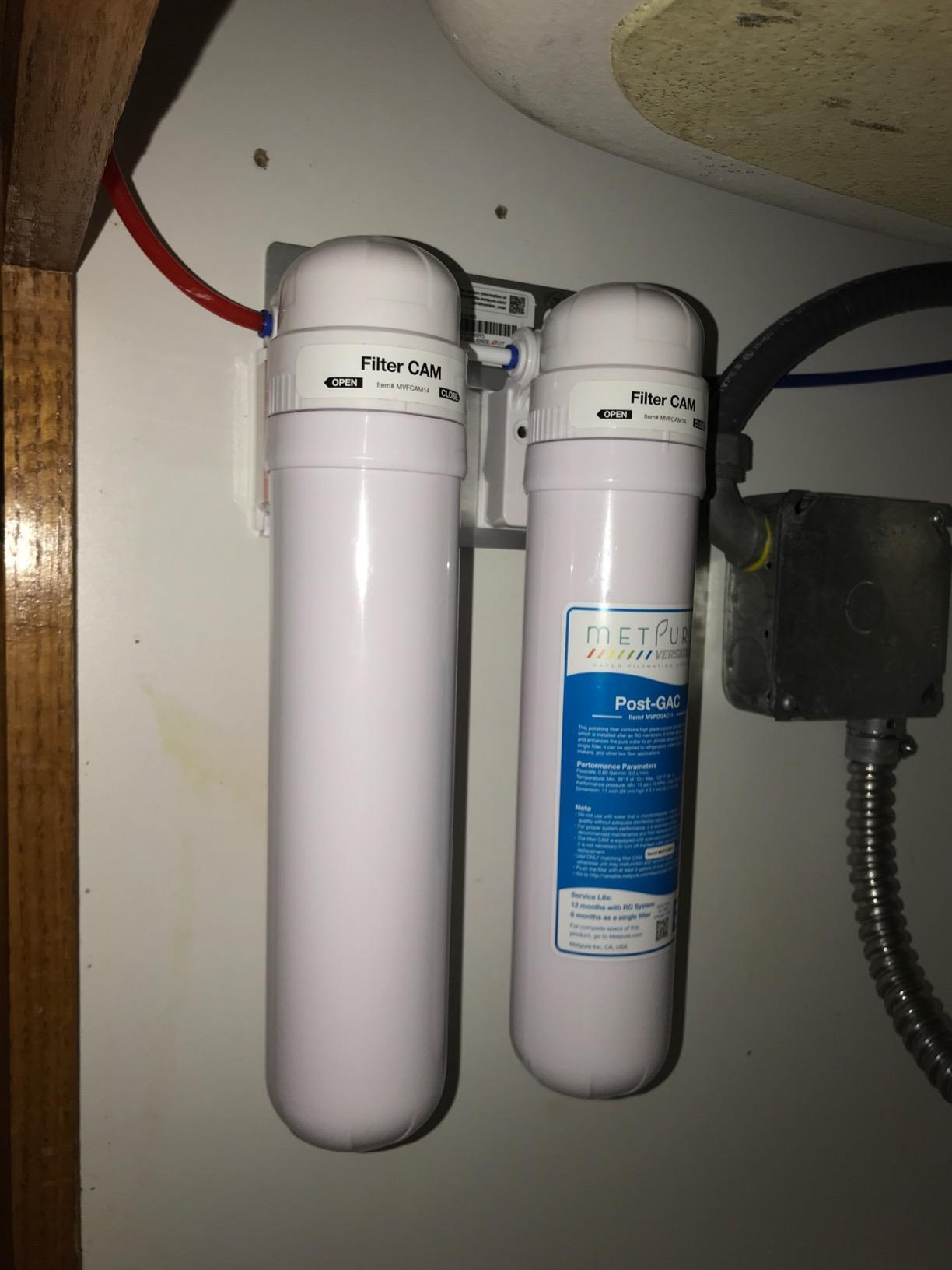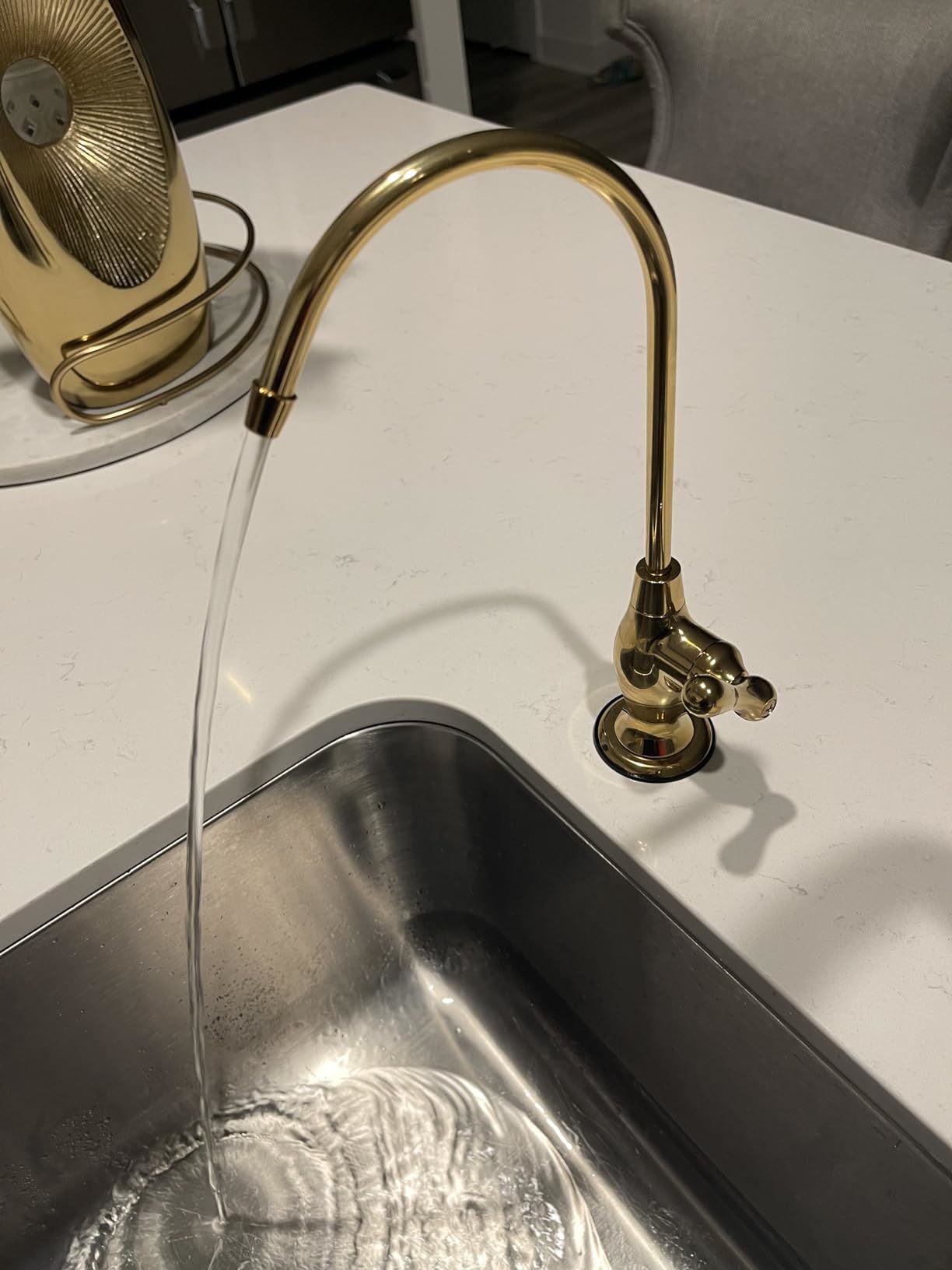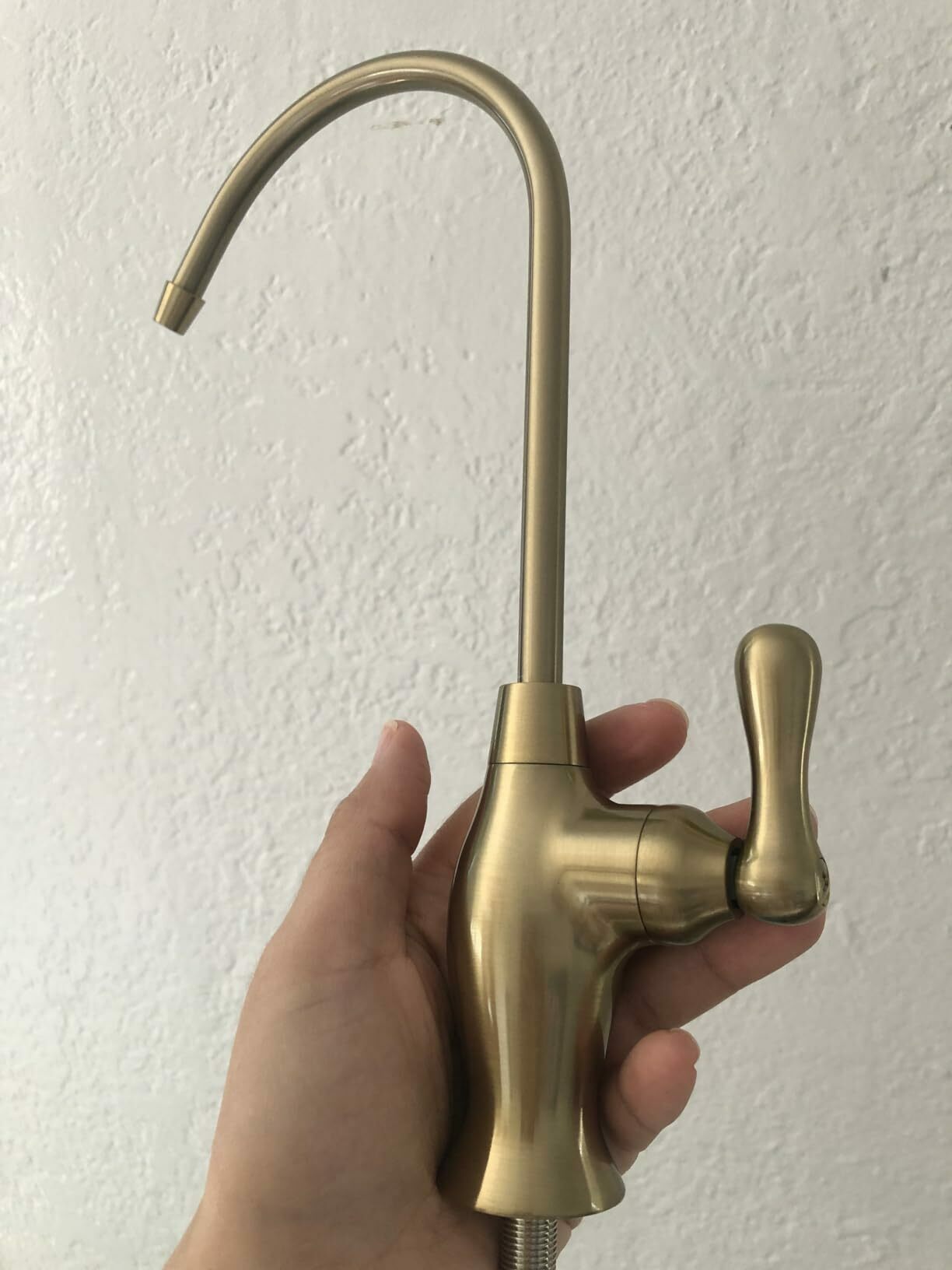How Do Water Filters Remove Lead?
Table of Contents
Whether your home’s water has unsafe levels of lead or you simply prefer the taste and want to remove minerals and particulates, there are several types of filters on the market. This guide will help you decide which to buy.
Most POU filters we tested were certified for lead reduction to NSF/ANSI 53 (total lead) and NSF/ANSI 42 (class I particulate). They’re effective in reducing lead up to 150 parts per billion.
1. Reverse Osmosis
Reverse osmosis is one of the most effective water filtration techniques for removing a wide variety of contaminants, including lead. It does so primarily through size exclusion and relies on factors such as pressure, flow rate, pre-filtration, membrane quality, water chemistry, and more.
Reverse Osmosis can remove many dissolved and suspended chemical species as well as bacteria. It is a widely used process for the production of potable drinking water and for the desalination of brackish or seawater to produce pure water for industrial applications.
RO is a costly option for home use due to its energy consumption and wastewater production (1-6 gallons of water are needed to produce 1 gallon of treated water). It is also a less efficient method for reducing PFAS, such as GenX, in your water. However, it is an excellent choice if your home's water contains over 150 parts per billion of lead and you are concerned about the potential health risks associated with it.
2. Activated Carbon
The main ingredient of a lot of household water filters is activated carbon, which is able to remove organic chemicals like lead. It works by adsorbing the chemicals with an attractive force. This force depends on molecular weight, concentration, other chemicals in the water and temperature.
The pore structure of activated carbon makes it a good candidate for organic chemical removal. It is produced by heating a variety of natural materials, including coal and wood, until they are reduced to a powder. This powder is then agglomerated and formed into briquettes under high pressure and baked at extremely hot temperatures.
Consumer Reports (CR) has tested many water filters for home use, and those certified to remove lead typically have a very low rate of lead retention. It is important to replace the filter once it reaches its limit, as the amount of lead it can hold declines over time. To get the best results, CR recommends using cold water for drinking and cooking, since hot tap water contains more lead than cold water.
3. Redox Media
KDF (Kinetic Degradation Fluxion) process media consists of high-purity copper and zinc that creates an electrochemical reaction, or redox, with water. During the reaction, electrons are transferred and some harmful contaminants are changed into harmless components. For example, free chlorine is changed to water-soluble chloride. Heavy metals such as lead, mercury, and copper bond to the metal-oxide surface of the KDF media and are carried away from water supplies.
Because the redox reaction also creates hydroxyl radicals, it destroys bacteria and other microorganisms by disrupting their cell structures. In addition to directly destroying bacteria, the redox media inhibits bacteria growth (fungi, algae and mold) and reduces limescale and other types of deposits throughout the filter system.
The redox reaction also pre-treats granular activated carbon, extending its life and improving performance. This combination of broad contaminant removal, antimicrobial activity and durability makes redox-based filters an important component in POU faucet-mount systems.
4. Ion Exchange
Ion exchange is the reversible interchange of ions between an insoluble solid (such as resin or zeolite) and a solution with soluble ionic contaminants. In the case of a water filter, these contaminants are typically metals, such as lead and other heavy metals.
Ion-exchange resins are commonly used in water filtration, especially for softening or demineralizing drinking water. These filters can also be used for purifying chemicals, separating substances in an aqueous medium and other applications.
Ion exchange can remove lead from water, but this is only true for specific point of use (POU) filters that are certified to reduce lead. These filters have microscopic pores that pollutants like lead can’t pass through, and they also use a combination of absorption, adsorption and exchange to filter out lead. These filters are effective for removing most lead and can be used in any home with a standard faucet.


